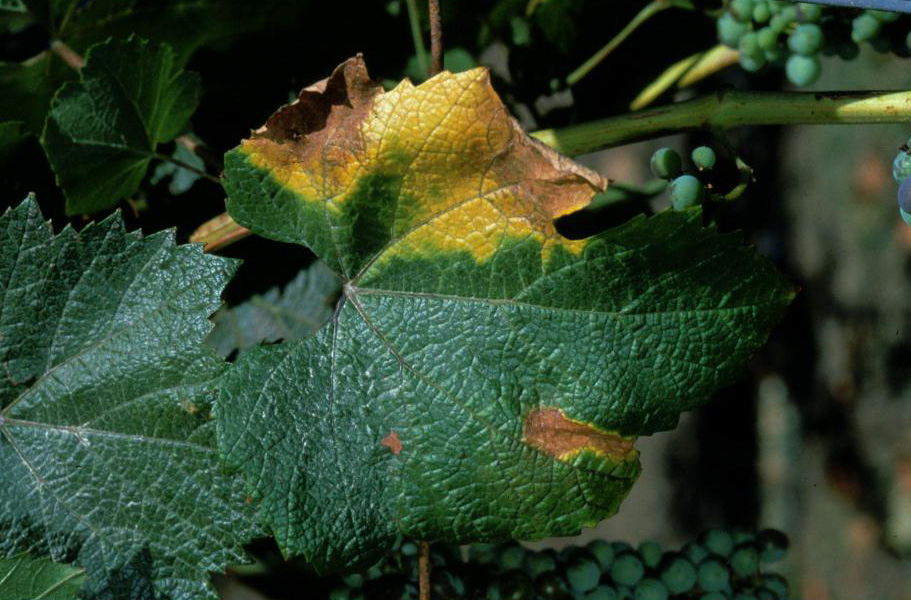
Aphid
The xylem and phloem are two very important tissues in vascular plants: together, they form the transport system. Xylem vessels consist of dead cells which are arranged into long, hollow tubes and allow the transport of water and minerals from the roots to the leaves. Phloem vessels are alive and transport nutrients such as sucrose to growing tissues or sugar-storage sites, like the roots. In the phloem, fluids move through “sieve elements”, tubular cells which lack organelles. The flow of materials is regulated by “companion cells” which are closely associated with the sieve elements and provide vital energy and proteins.
Clearly, xylem and phloem are essential for the function of plants. However, these vessels also play a crucial part in the survival of other species. Aphids – tiny insects which you may also know as “greenflies”- have evolved to take advantage of the sugary food in phloem. Other minute insects, the leaf hoppers, feed from the xylem.
Dr Jeremy Pritchard from the University of Birmingham is an expert on the mechanics of xylem and phloem dining. He gave us the low-down on the feeding habits of aphids and leaf hoppers . . .
Aphids feed from the phloem using needle-like mouthparts called “stylets”. They spit saliva into the sieve element to overcome plant defences. Aphids are notorious agricultural pests as they can transmit viruses to plants.
By feeding on the phloem, aphids obtain the amino acids they need. The phloem is poor in some of the essential amino acids but aphids have symbiotic bacteria (Buchnera) that can upgrade non-essential amino acids into essential ones. If you feed aphids antibiotics then they can’t do this and don’t grow very well!
Phloem has too much sugar (sucrose) for aphids and this is excreted as honeydew once every 20 minutes or so. This honeydew is an easy food source for many ant species that have evolved to live symbiotically with aphids, including the black garden ant. In return for the honeydew, the ants provide the aphids with protection from predators.
Feeding from phloem presents some challenges: phloem is under high pressure (up to 40 bars) and aphids have a valve (“cibarial pump“) in their head to regulate sap uptake. Phloem sap is very concentrated, so aphids have the problem of osmoregulation of their haemolymph. To do this they polymerise sugars in their gut so that the honeydew is at the same concentration as the haemolymph.

Black-faced leafhoppers
Like aphids, leaf hoppers have cibarial pumps on their heads. The leaf hopper pump is large and muscular in order to generate the necessary suction.
Xylem sap is nutrient-poor and so leaf hoppers process huge amounts of it, expelling the waste as honeydew every 20 seconds! This dew can be collected and analysed to see which inorganic nutrients are moving through the xylem.
Leaf hoppers are not a major pest species in the UK but their relatives (the “sharpshooters“) cause significant agricultural damage in the US, where they transmit the xylem-dwelling bacterium Xylella, which blocks the xylem vessels and causes leaf scorch in citrus crops.

Leaf scorch (Pierce’s disease). Photo from the University of California.
The leafhopper nymph does not flick away honeydew but froths it up into a white mass, commonly called “cuckoo spit“. This may prevent dehydration or deter predators.

“Cuckoo spit”

